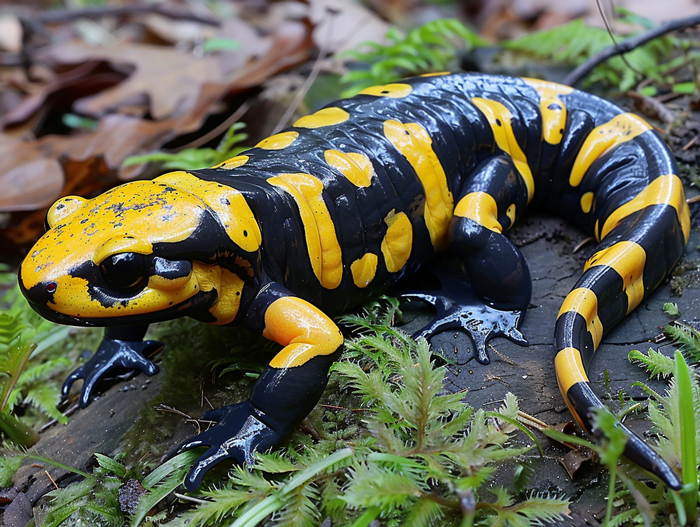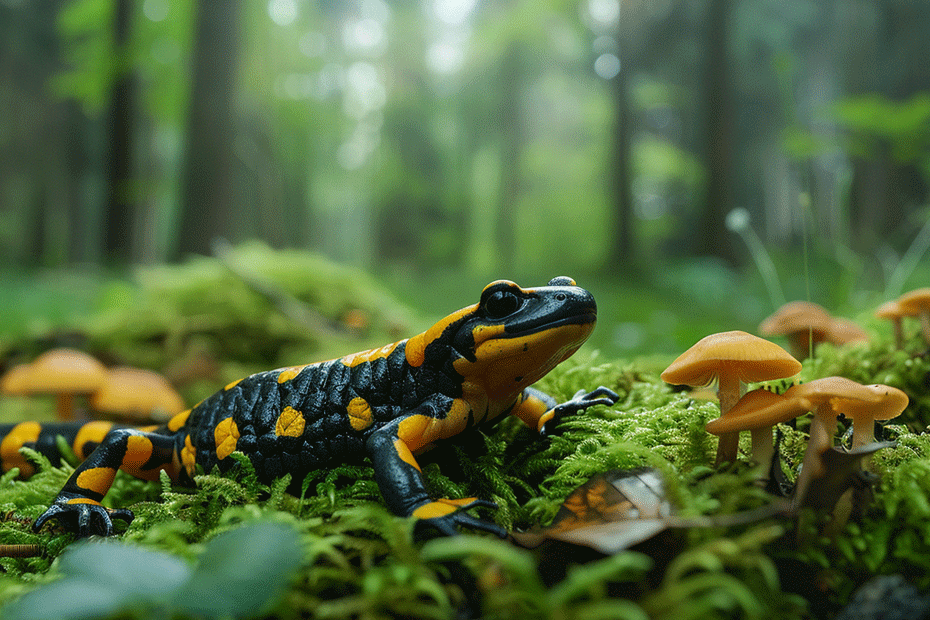Curious about salamanders and their respiratory system? You might be wondering, do salamanders have lungs? These fascinating amphibians have some unique adaptations that set them apart from other creatures. Let’s jump into the world of salamanders and explore how they breathe.
Salamanders have a diverse range of breathing methods, including through their skin and gills. But what about lungs? The answer might surprise you. Understanding the respiratory mechanisms of salamanders can provide valuable insights into their evolution and survival strategies in various habitats. Join us as we uncover the mysteries of salamander respiration and investigate into the science behind their lung function.
Key Takeaways
- Salamanders have diverse respiratory mechanisms, including skin and gill respiration, with some species having lungs.
- Lungless salamanders rely on cutaneous respiration, absorbing oxygen through their skin in humid environments.
- Salamanders are unique amphibians with the ability to regenerate lost limbs and adapt to various habitats worldwide.
- When compared to frogs and newts, salamanders showcase different respiratory adaptations and evolutionary strategies.
- Fossil evidence indicates the evolutionary progression of salamander lungs, varying in complexity across species.
Overview of Salamanders

Physical Characteristics
- Salamanders, often known for their lizard-like appearance, belong to the amphibian class.
- They have slender bodies, long tails, and four legs, which set them apart from reptiles like lizards.
- Their skin plays a vital role in respiration, allowing them to breathe through it.
- Noteworthy is their ability to regenerate lost limbs, a unique trait within the animal kingdom.
- Salamanders can be found in various habitats worldwide, from damp forests to mountain streams.
- They thrive in moist environments, as their skin needs to stay damp for respiration.
- Some species are fully aquatic, whereas others prefer terrestrial or semi-aquatic habitats.
- The adaptability of salamanders to diverse ecosystems showcases their evolutionary resilience.
Respiratory System of Salamanders

Lungless Salamanders
- Lungless salamanders rely on cutaneous respiration.
- This means they breathe through their thin, moist skin.
- Found in humid environments, they absorb oxygen directly from the air or water.
- Lung-bearing salamanders have primitive lungs.
- These lungs are simpler compared to those of mammals.
- They primarily breathe through their lungs, supplementing with cutaneous respiration.
Comparison with Other Amphibians
When comparing salamanders to other amphibians, it’s essential to highlight key differences and similarities with frogs and newts.

Frogs
- Breathing: Frogs have lungs for respiration.
- Skin: Their skin is semi-permeable, allowing for some oxygen intake.
- Habitat: Frogs require moist environments due to their permeable skin.
- Life Cycle: Many frogs undergo a metamorphosis from tadpoles to adults.
- Lungs: Newts, like salamanders, may have primitive lungs.
- Skin: They also exhibit cutaneous respiration.
- Regeneration: Newts are known for their regenerative abilities.
Comparing salamanders to frogs and newts reveals the diverse respiratory adaptations among amphibians.
Evolution of Salamander Lungs

Fossil Evidence
- Salamander fossils dating back to hundreds of millions of years show early lung structures.
- These ancient specimens reveal the evolutionary progression of salamander respiratory systems.
- Salamanders’ lungs vary in complexity across species.
- Some salamander species rely primarily on cutaneous respiration.
- Others have well-developed lungs supporting efficient respiration.
Explore the fascinating journey of salamander lungs from ancient fossils to modern adaptations.
Conclusion
Salamanders’ lung evolution, evident in ancient fossil records, reveals a diverse respiratory world among species. From basic structures to advanced adaptations, these amphibians have navigated millions of years of respiratory development. Whether relying on cutaneous respiration or boasting well-formed lungs, salamanders showcase the intricate journey of lung evolution. Explore the intriguing area of salamander lungs, where ancient fossils meet modern adaptations in a tale of respiratory innovation.

Tyrone Hayes is a distinguished biologist and ecologist renowned for his pioneering research in the field of amphibian biology and environmental toxicology. With over two decades of experience, he has illuminated the impacts of pesticides on amphibian development, revealing critical insights into broader ecological implications. Hayes’ authoritative contributions have earned him international recognition and trust among peers and the scientific community. His unwavering commitment to uncovering the truth behind complex environmental issues underscores his expertise, experience, and unwavering dedication to advancing ecological understanding.
